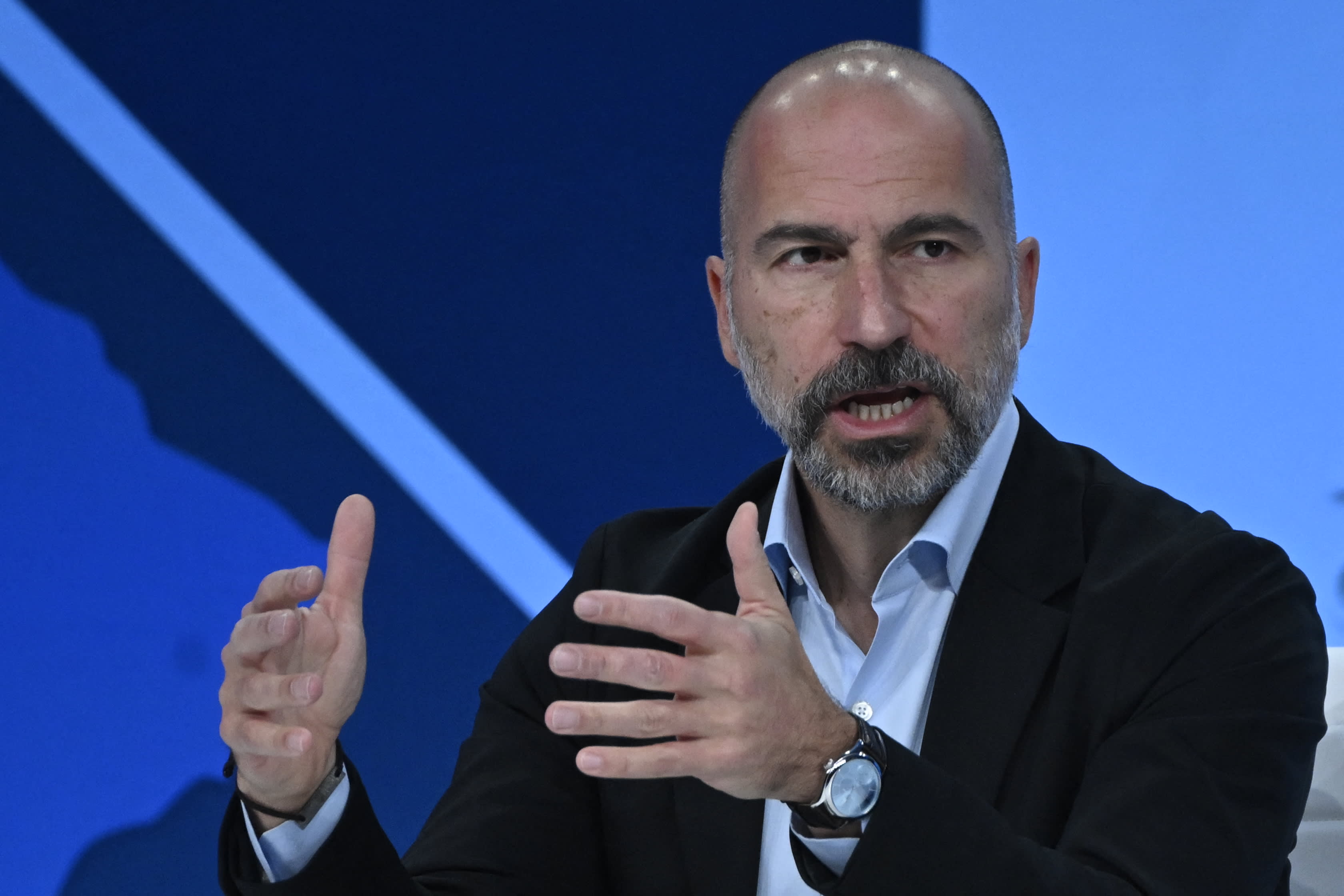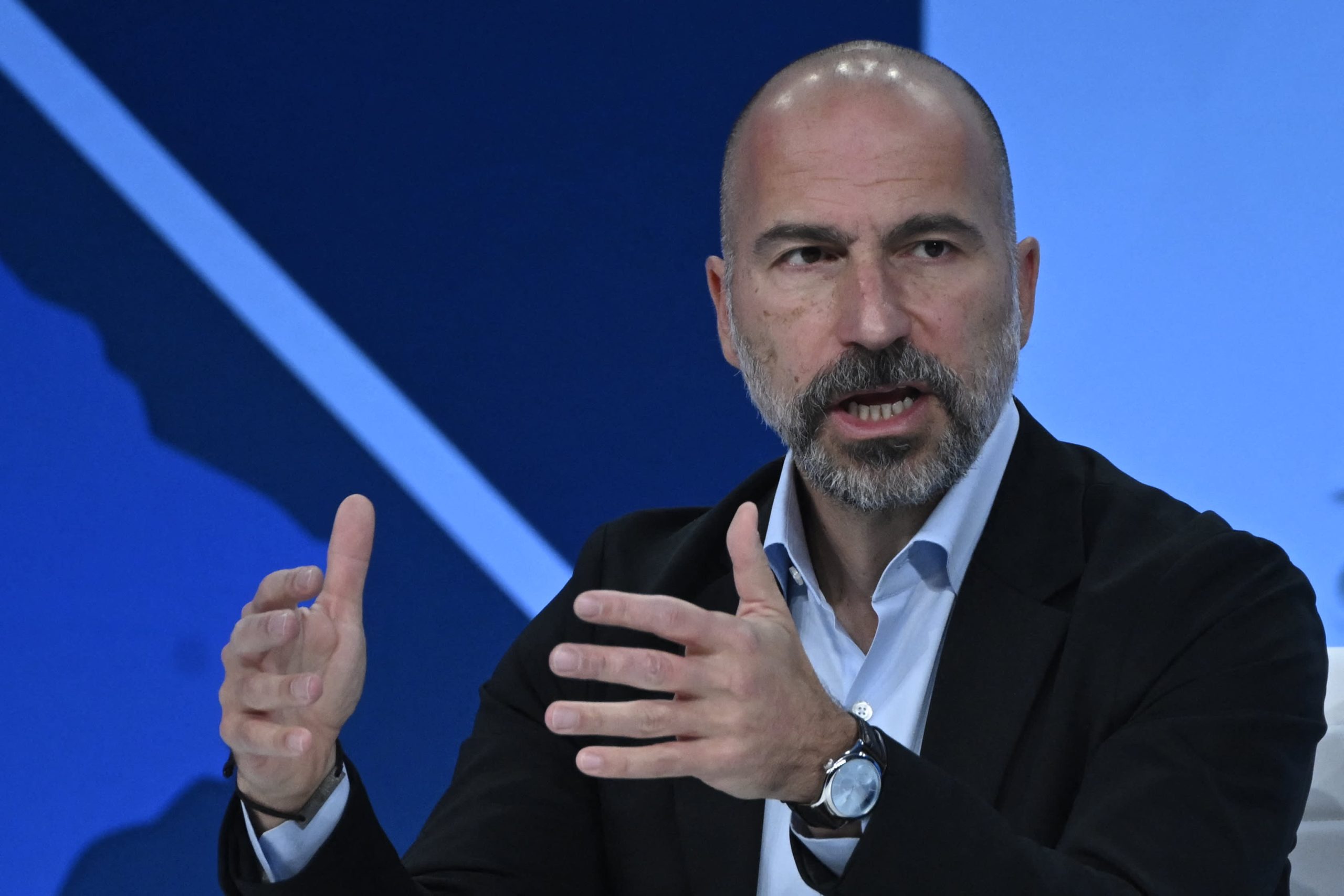
“`markdown
The neon glow of app notifications has rewired how we earn a living. At 2am in San Francisco, an Uber driver named Luis declines his third ride request of the night – the algorithm’s $4.62 offer wouldn’t cover his gas, let alone the Advil he’ll need for tomorrow’s backache. This is the dirty little secret of our “tap-to-work” revolution: the gig economy runs on millions of Luis-es trading flexibility for financial precarity. Enter Dara Khosrowshahi, Uber’s CEO who’s been playing 4D chess with labor laws while critics sharpen their knives. His playbook? A benefits scheme that’s either revolutionary or corporate gaslighting, depending on which Twitter thread you’re reading.
The Benefits Tightrope Walk
Khosrowshahi’s proposal for *hourly-tiered health plans* reads like a Starbucks rewards program for basic survival. Drivers logging 20+ weekly hours get dental cleanings; hit 35 hours and suddenly you’ve earned the privilege of an annual physical. “It’s like getting frequent flyer miles for your pancreas,” snarked one Lyft driver during a Reddit AMA. Yet buried in the snark is a brutal truth: this might be the only viable model for platform companies hemorrhaging cash. Uber’s Q2 filings show they’ve spent $328 million just fighting lawsuits about worker classification – money that could’ve funded 65,000 drivers’ annual premiums. The real innovation here isn’t the benefits structure itself, but the legal gymnastics required to deliver them without triggering employment laws.
The Phantom Employee Dilemma
That “third way” classification Khosrowshahi keeps evangelizing? It’s currently as real as unicorns in the eyes of the NLRB. His *flexible benefits funds* proposal – where drivers could allocate company contributions toward health insurance or 401(k)s – hits the same wall every time: current US labor law has exactly two boxes (employee or contractor) and zero tolerance for Schrödinger’s worker. The CEO’s been lobbying harder than a UberXL surging outside Coachella, but even sympathetic legislators balk at rewriting decades of labor precedent. Meanwhile in Europe, Uber’s been forced to reclassify drivers as employees in Spain and Italy – a cautionary tale that’s got Wall Street analysts placing bets on when the dominoes fall stateside.
Algorithmic Humanity
The darkest comedy in this saga? Uber’s own data proves benefits alone won’t fix the core rot. Their internal surveys show drivers care more about *predictable earnings* than platinum-tier health plans – a demand fundamentally at odds with surge pricing’s chaos theory economics. When Khosrowshahi talks about “calculated risks,” he’s really admitting they’re stuck between two bad options: either maintain the current Hunger Games-style driver experience, or implement minimum wage guarantees that could spike rider prices by 28% (per Bernstein analysis). That’s why the recent pilot of *upfront fare quotes* matters more than any benefits talk – it’s the first real concession that drivers deserve transparency from the black box deciding their livelihoods.
As Luis finally accepts a $19 airport run at 4:30am, both he and Khosrowshahi are playing the same game of survival in an economy that rewards disruption over dignity. The CEO’s proposals aren’t some corporate magnanimity – they’re damage control for a business model that’s about to hit either regulatory or financial walls. Whether through legislation or driver revolts, one thing’s certain: the gig economy’s free ride is ending, and the meter’s running faster than a Prime Day checkout line.
“`

